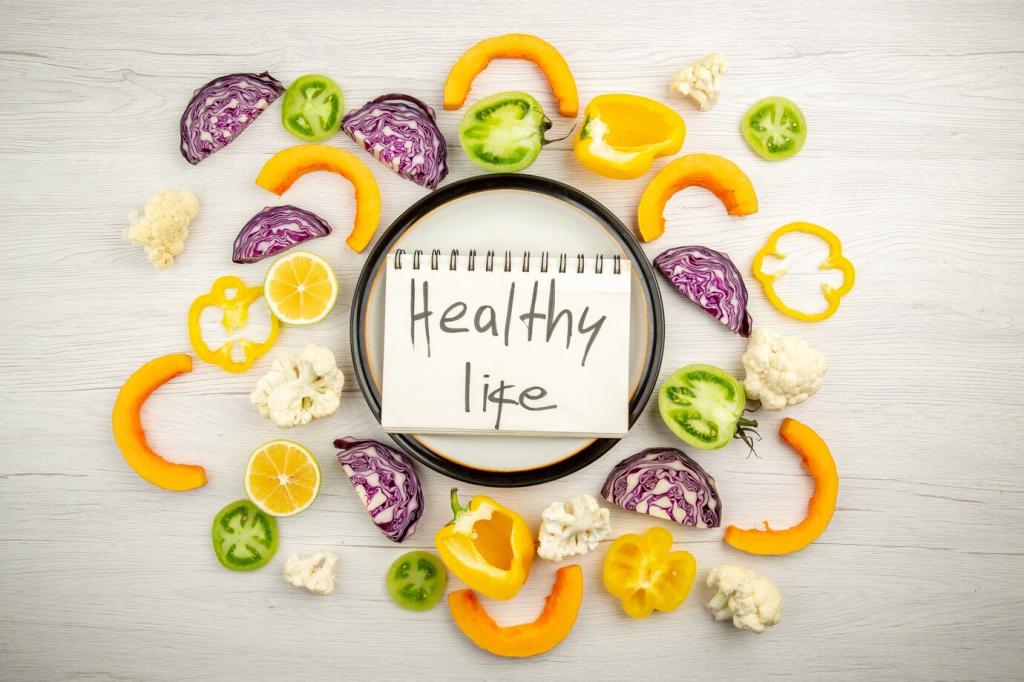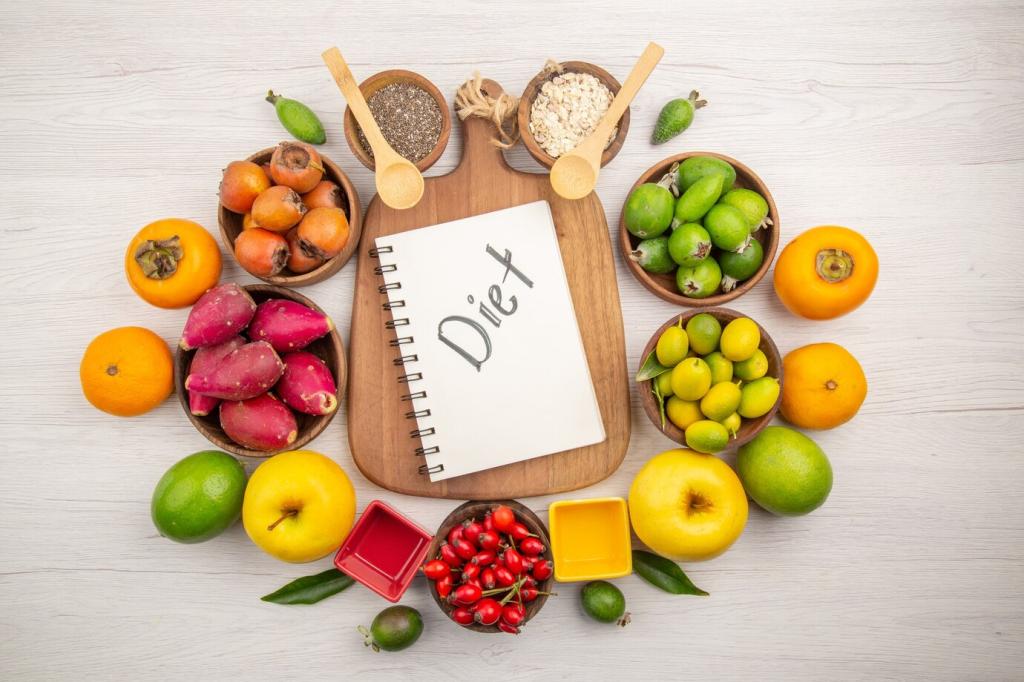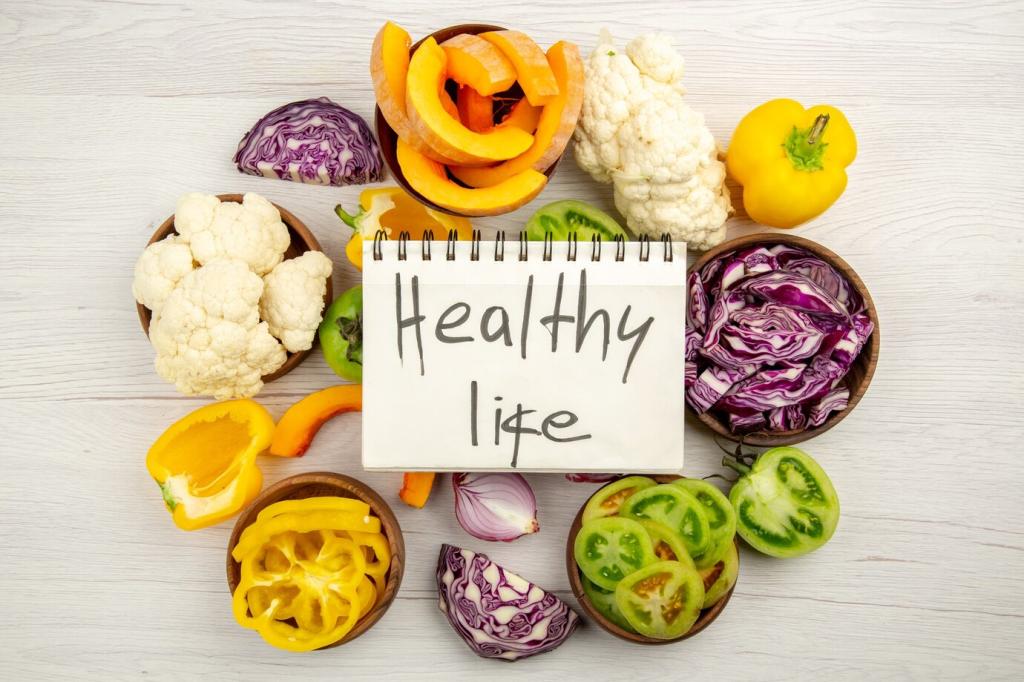Micronutrient Fundamentals for Endurance
Endurance depends on oxygen delivery, energy conversion, and neuromuscular control—jobs fueled by iron, B vitamins, sodium, potassium, magnesium, calcium, and vitamin D. Antioxidants like vitamins C and E help manage training-induced stress. When these nutrients fall short, pace fades, cramps appear, and motivation slips, even when your plan looks perfect.
Micronutrient Fundamentals for Endurance
Begin with colorful, whole-food meals that cover bases naturally, then fill gaps with targeted supplements guided by bloodwork and performance feedback. Keep a training and nutrition log, review trends every mesocycle, and collaborate with a coach or dietitian. Avoid megadoses that promise big gains but risk blunting adaptations or upsetting your gut.







